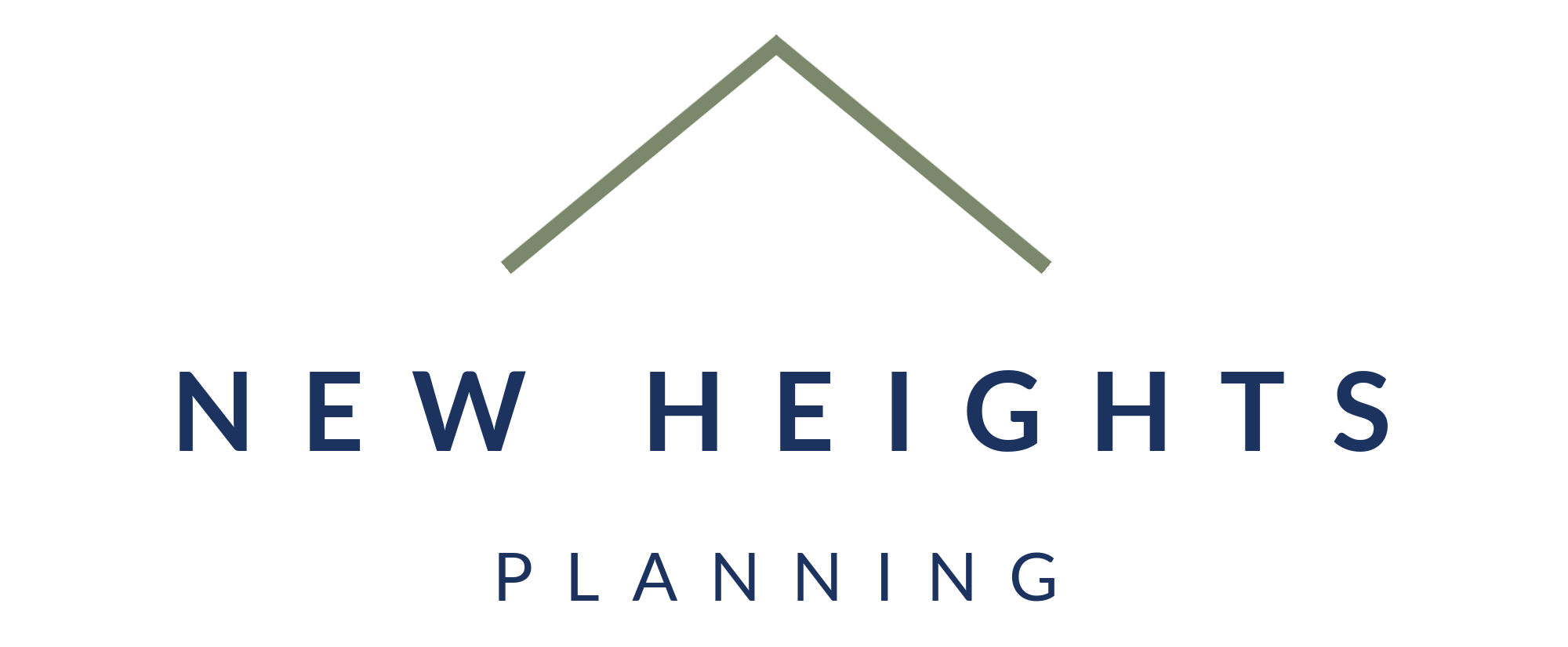Invest Smarter, Minimize Taxes – 2025
Invest Smarter, Minimize Taxes – 2025
Full Transcript:
I’m maxing out my 401(k), but I’m still getting killed in taxes. Where else can I save?
High-earning Shell super-savers can put away up to $85,550 into tax-advantaged accounts in 2025. Those who are 50 or older can put away even more. Let’s talk about how.
First, let’s start with your Shell 401(k). Within your 401(k). The 2025 contribution limit is $23,500 for your contributions to either the pre-tax or the Roth buckets. Now, those that are 50 or older get an additional catch-up contribution of $7,500, so they get a total contribution maximum of $31,000.
Now, of course, in addition to your contribution to your 401(k), Shell also contributes to your 401(k) based on your years of service. Shell’s contribution is both on your base and your bonus, and those with nine or more years of service get a 10% company contribution. So, the maximum that Shell will contribute to your 401(k) this year is $35,000. Now, Shell’s contribution always goes in pre-tax.
Now, in addition to the pre-tax and Roth buckets within your 401(k), there’s a third tax bucket within your 401(k), the after-tax bucket. This bucket has a separate contribution limit. So, within your after-tax bucket in the Shell 401(k), you can contribute up to $11,500. Now, for after-tax the growth is then taxable. So, in order to make the most use out of this bucket, you want to convert this money to Roth using what is frequently referred to as the “Mega backdoor” Roth. This way, the $11,500 will also grow tax-free.
Now let’s talk about an IRA. In addition to your 401(k), you can contribute to an IRA, but there are some limitations. Many Shell professionals make too much money to contribute directly to a Roth IRA. So, in order to get money into a Roth IRA, you need to first start with a contribution. The limit for this year is $7,000, and those 50 and older can an additional catch-up of $1,000, for a total contribution of $8,000. Now, because you can’t contribute directly to a Roth IRA, you’ll want to make these contributions to a traditional IRA. But they will be non-deductible contributions because of your income. However, you’ll then convert those to Roth so they will grow tax-free. Now especially with these two. But with all of these, please check with your tax and financial professionals regarding your unique situation because there are many pitfalls that I cannot cover in this specific video.
Now, in addition to an IRA, those on the high-deductible health plan also have access to a health savings account or HSA. If you have family coverage, so more than just yourself, with this you can contribute up to $8,550 into an HSA. HSA contributions go in pre-tax. But there are two other tax advantages with an HSA. You can invest the money, which will grow tax-deferred, and then when you pour it out for medical expenses, you get it out tax-free. The tax benefits of an HSA are phenomenal.
Now, if we add all this up, super savers at Shell can put away up to $85,550 with these accounts. Now, in addition to that, those that are 50 or older can get up to $94,050 into tax-advantaged accounts. One important note for those 55 and older and 60 older, there are additional catchup contributions available for those that are looking to save more.
Now, there is a lot going on here and a lot of places to save. I encourage you to look at your unique situation and do what you can. The more you put into these accounts, the sooner you’ll be at financial independence, and the more likely you’ll save six or seven figures in lifetime taxes. I hope you found this video valuable, and if so, please like it and share it with your colleagues.



